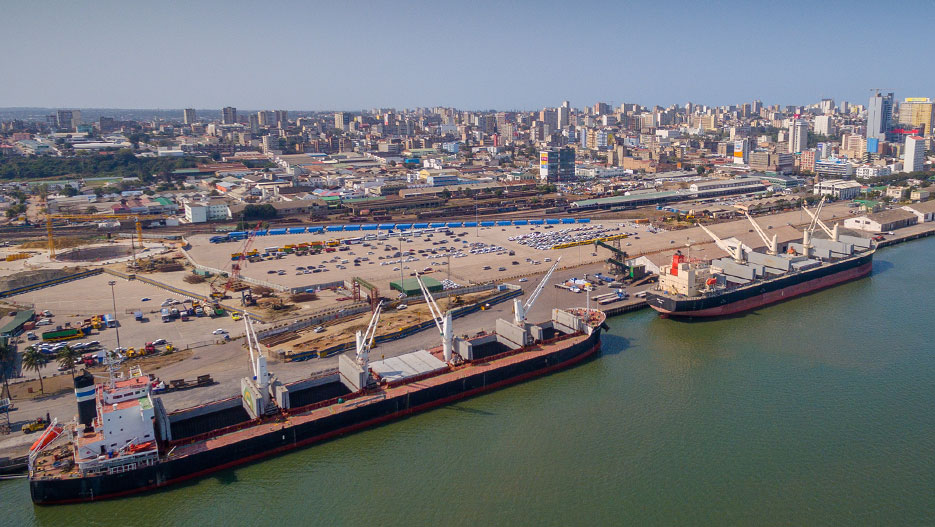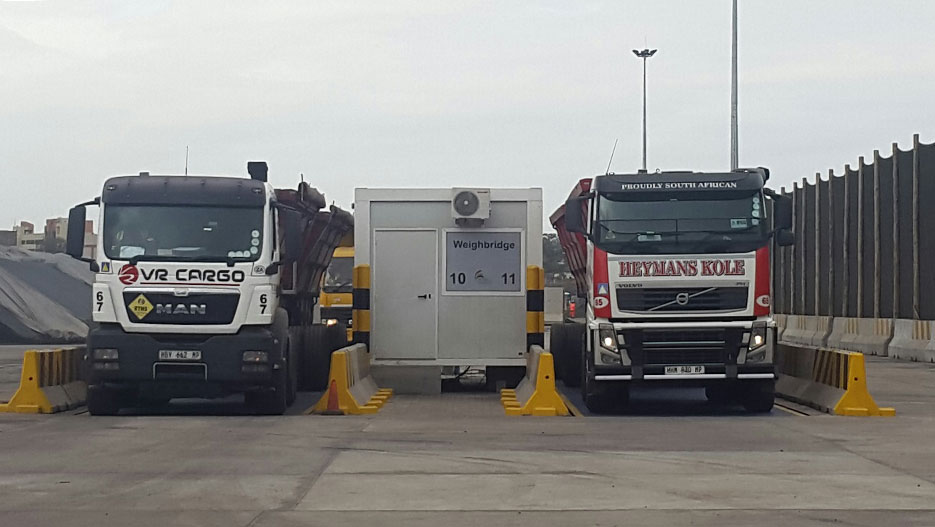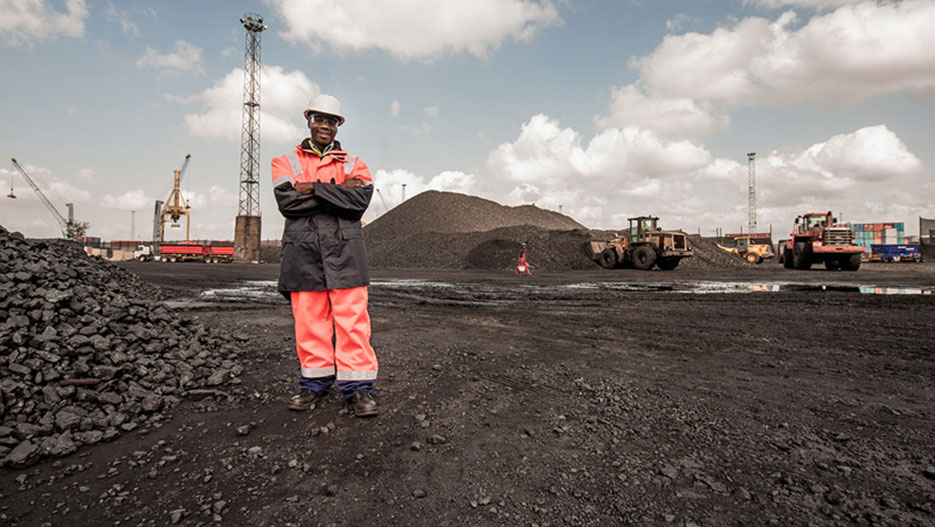Overview of the Port of Maputo: Mozambique’s Leading Port
Paulo Mata gives an overview of the port sector in Mozambique and presents the Port of Maputo, mentioning its main competitive advantages, projects, investments and future goals.
Interview with Paulo Mata, Port Authority Director of the Port of Maputo
What is your assessment and outlook for the port sector? Could you give us your point of view concerning its development?
The port sector has grown quite considerably over the last 40 years, since Mozambique’s Independence. Market demand has led to huge investments in infrastructure, catering first and foremost to the mining industry and the oil and gas industry. Over the past years, we have focused on building this key infrastructure to serve the hinterland, around the ports of Maputo, Beira and Nacala. Considerable investment has also been made within the port area.
Could you give us an overview of the company itself, its purpose and how long you’ve been going for?
The Port of Maputo has 113 years of existence and was previously run by CFM (Mozambican Ports and Railways). This was the first concession given to a private entity, in 2003, set to last until 2033, with the option of a 10-year extension.
In 2014 we handled around 19 million tonnes and in 2015 we handled 17 million tons. In comparison, Beira is in the region of 10 million tonnes, while Nacala handles around 5 million tonnes a year.
What is the name of the company?
The company is MPDC, standing for Maputo Port Development Company, which is made up of its two main shareholders, namely: Portus Indico and the government, which is represented by Mozambican Ports and Railways.
Where does Portus Indico come from?
Portus Indico represents two main shareholders, which are Dubai Ports Worldwide (DP World) and South Africa’s Grindrod, as well a minor stake held by the local company Moçambique Gestores. So, in terms of MPDC, Portus Indico has a 51% share, while CFM (Mozambican Ports and Railways), representing the government, has a 49% stake.

In 2003, when the agreement was signed, Portus Indico was comprised by Mersey Docks of Liverpool and Skanska from Sweden, along with Liscont as a minor shareholder. In 2007 Portus Indico was acquired by Dubai Port World and Grindrod who became the main shareholders, as mentioned.
What are the port’s key competitive advantages? Why do clients come here and decide to work with you, instead of going somewhere else?
I think that our geographical location is an advantage, given our proximity to the region’s largest mines and the excellent connectivity with Zimbabwe and Zambia. Another factor is attractive customs incentive, where the new customs tariff regime reduces cost of transit export from neighbouring countries. These are incentives that mainly focus on transit cargo. Some transit cargo is required to pay a certain amount of bond and, in this specific case, the customs has afforded us special reduction on the bond to be paid on transit export cargo from neighbouring countries.
Whose geographical advantage?
We are talking about South Africa, Swaziland, Zimbabwe, and we are actually trialling transit cargo from Botswana. These are the main countries served by the Port of Maputo. Then we also have the Port of Beira, which serves Zimbabwe and Zambia, while Nacala, being Mozambique’s northern port, serves the northern part of the country, along with Malawi and Zambia.
Are Beira and Maputo under the same company?
No. As I mentioned, the country has three main ports: Maputo, Beira and Nacala. There are also secondary ports, such as Inhambane, Quelimane and Pemba. But the Port of Maputo is the country’s largest port. Just to give you an idea, in 2014 we handled around 19 million tonnes and in 2015 we handled 17 million tons. In comparison, Beira is in the region of 10 million tonnes, while Nacala handles around 5 million tonnes a year.
You have undertaken many works and have invested a great deal in terms of improving your competitiveness. Could you give us an overview of what has been done recently?
When we were granted the concession, the Port of Maputo had an initial plan of investing around $ 56 million, mainly to upgrade the infrastructure in place. Investments were made to improve the internal railway, upgrade existing berths and roads, as well as refurbish certain warehouses. There was also investment in equipment, with the acquisition of tugs, as well as the dredging of the channel. One important aspect worth mentioning is that, just five years into the term of the concession, the port had already invested around $475 million, which went way beyond what was initially expected.
Returning to the present, we have continued to invest in infrastructure, through the construction of hardstand slabs for the handling of bulk minerals. We have also acquired new equipment, such as mobile harbour cranes and front-end loading equipment. In 2010, we also invested in capital dredging for the first time, which allowed us to deepen the channel from 9.4 meters – which was the original design – to 11 meters chart datum, in order to enable navigation without any tide restrictions. Today, we are still reviewing and looking to make further investments in the port, including our aim to dredge the channel to a depth of 14 metres, from the current 11.
Apart from that, there are also investments being made by the various sub-concessions, such as the expansion of the coal terminal planning to increase from 7.5 million to 20 million tons capacity and the container terminal, who plans to increase their capacity from the current 150k to 300k TEUs of containers. We are also planning to develop a dedicated bulk terminal for the bulk handling of minerals.
Could you run us through all the activities? For instance, are shipping lines part of what you do? You haven’t mentioned it yet, but is that something you manage?
No, we don’t manage shipping lines, but we do provide services to the various shipping lines, including all marine services, while assisting in the sailing of all vessels that call into the Port of Maputo. Apart from the land operational service, we also provide marine services, which involve pilotage, tug assistance for berthing all vessels, as well as assisting in the collection of revenue for navigation aid, under the remit of another government agency, which is responsible for providing hydrographical and navigation aid to the port’s channel. This marine service is currently being outsourced from P&O Maritime.

In terms of revenues, could you give us an approximate idea of what percentages come from cargo, containers, shipping line services, etc.?
I can give you the percentage of what we contribute to the government, which amounts to 18% of the total revenue generated by the Customs Authority. Our foremost pillars of revenue are cargo handling operations, marine services and rentals derived from the occupation of land by various sub concessionaires.
Two or three years down the line, where are you going to focus your efforts to increase the port’s revenues?
We would be looking at two areas: on the one hand, to provide the infrastructure needed to handle our cargo, meaning appropriate berths, storage facilities and investing in equipment. On the other hand, none of this would make sense if we don’t pay attention to human capital. There’s also a need to get the right people and train them to deliver, as well as handle commodities. We’ve undertaken some extensive work in training young people.
At the start of our concession, we had a number of staff with limited training capabilities, which compelled us to engage with 12th-grade youngsters and begin training them in various areas; be it as tally clerks, weighbridge operators, truck operators or front-end loaders. We have 126 staff trained in these areas. We also value the gender aspect, in seeking to involve women in our business. For instance, we have a number of female engineers supervising some of our new infrastructure or development projects, as well as involving women in the field of plant and equipment.

As Mozambique’s point of entry, you are clearly able to see first-hand what is happening in the country’s economy, in terms of imports or exports. What is your outlook in this regard?
The current market conditions have had a significant impact and have forced us to diversify our business. Certainly, the oil and gas business will have a major impact on the country’s development and the port can play a major role, by providing logistical assistance to this trade. Looking at our sector, the ports will basically be the gateways to the whole process, from the construction to the operations phase. Therefore, we see the Port of Maputo providing this assistance and, by creating the facilities needed, it will definitely play a major role in the country’s development.
What would be your message to the regional business community?
I believe that being a gateway to southern Africa, the Port of Maputo – along with the country’s other ports, namely Beira and Nacala – will be a significant contributor to the region’s development. By consolidating our strategic plans, we are confident that the Port of Maputo will be among those offering major service to the hinterland.